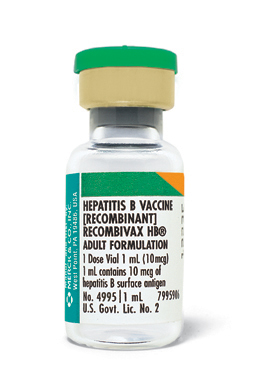
Bloodborne Standard
29 CFR 1910.1030
Vaccination
Hepatitis B Vaccine
The Hep B vaccine must be made available after the employee's training and within ten working days of initial assignment in a covered job description according to the standard. This applies to all employees who have occupational risk of exposure unless the employee has previously received or completed hepatitis B series, antibody series demonstrating immunity, or the vaccination is contraindicated for medical reasons. Mandatory pre-screening by the employer for receiving the vaccine is prohibited.
If an employee denies the vaccine initially, they must sign the approved declination form required by the standard. If the employee later wishes to receive the vaccine, and is still employed in a position covered by the standard, the employer must provide the vaccination at no cost to the employee. The current vaccination Hepatitis B series is three shots in a six month span, per the US Health Public Service at the time of this training. If a booster is recommended at a later date the employer must also make this available at no cost to the employee.
Hepatitis B Vaccine Declination
I understand that due to my occupational exposure to blood or other potentially infectious materials I may be at risk of acquiring hepatitis B virus (HBV) infection. I have been given the opportunity to be vaccinated with hepatitis B vaccine, at no charge to myself. However, I decline hepatitis B vaccination at this time. I understand that by declining this vaccine, I continue to be at risk of acquiring hepatitis B, a serious disease. If in the future I continue to have occupational exposure to blood or other potentially infectious materials and I want to be vaccinated with hepatitis B vaccine, I can receive the vaccination series at no charge to me.
If you have any questions at any time regarding the information presented in this tutorial, please contact David Sullivan at 910-916-0688.
(North Carolina Department of Labor (2010). A guide to bloodborne pathogens in the workplace.)
